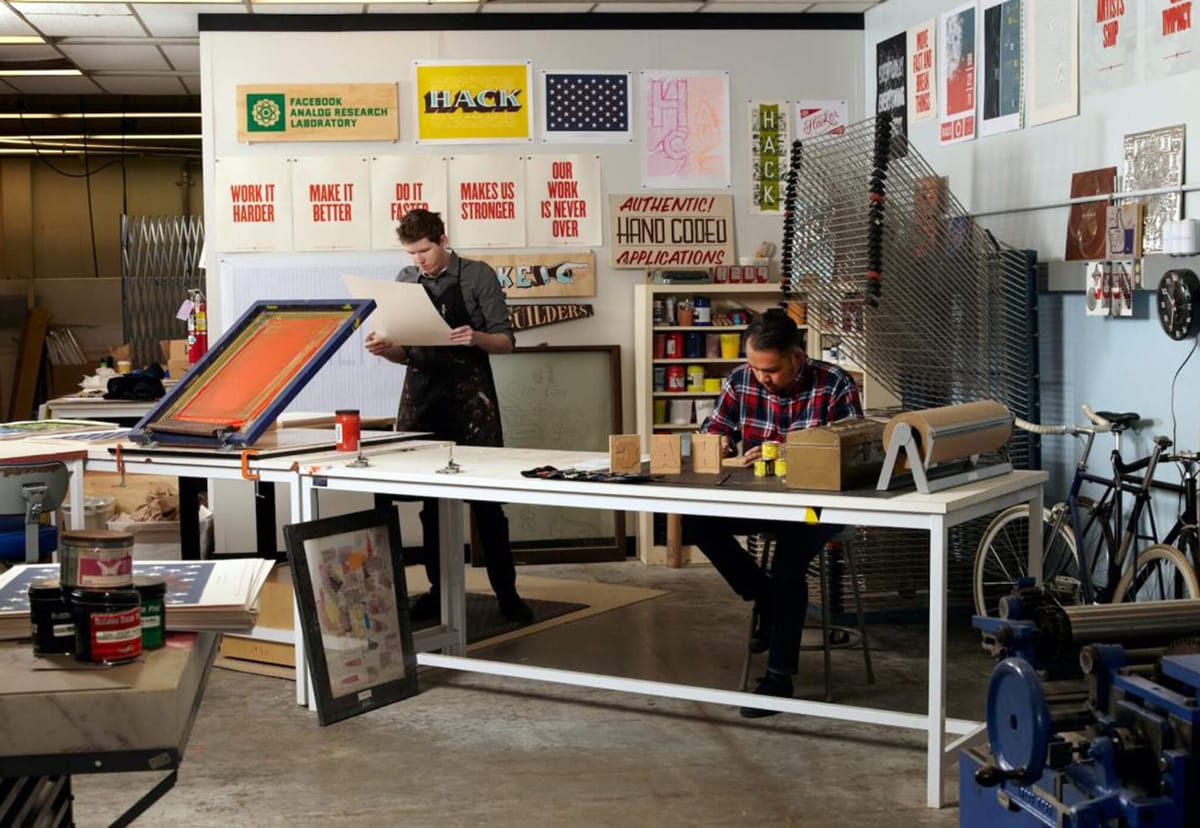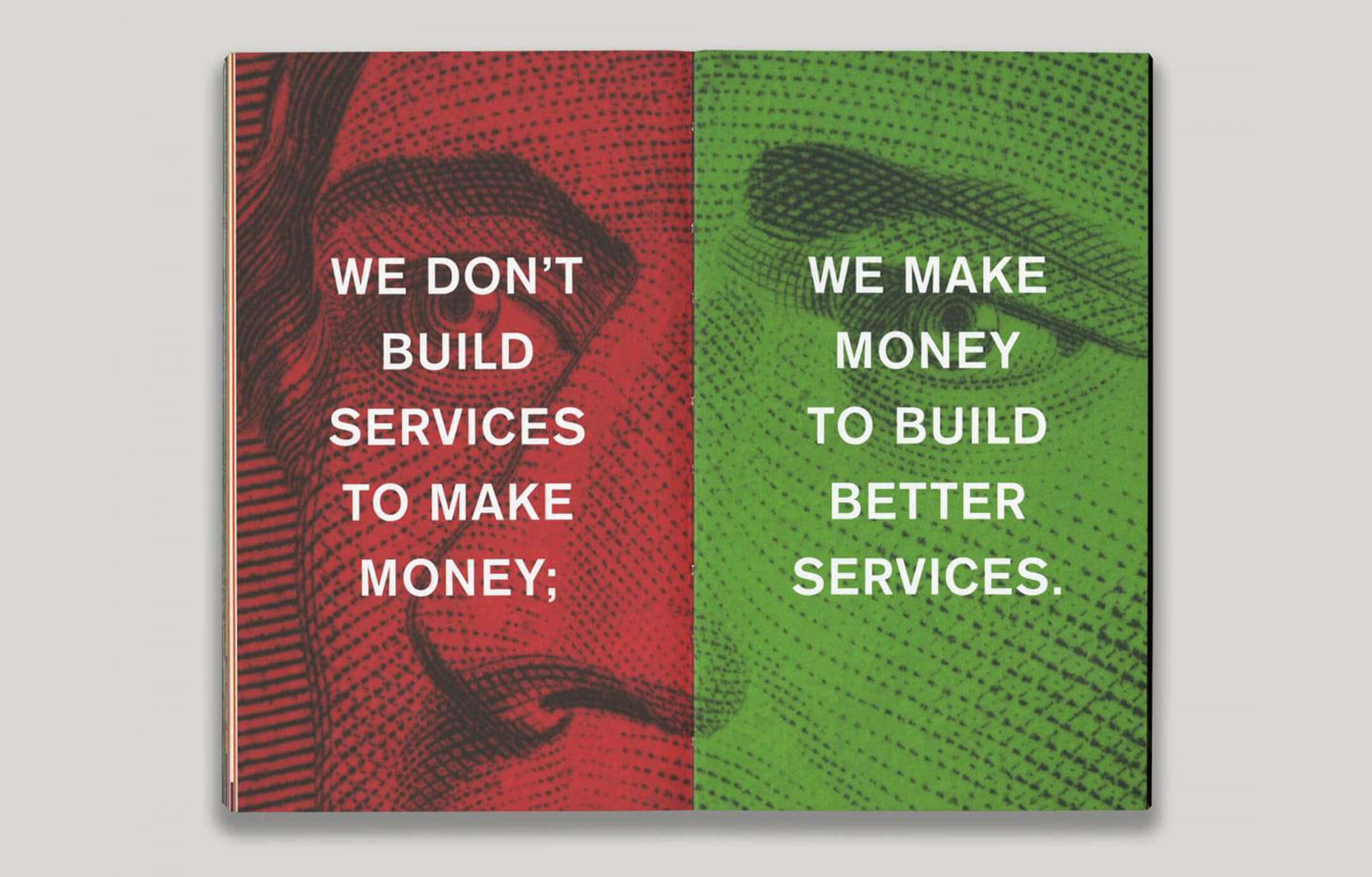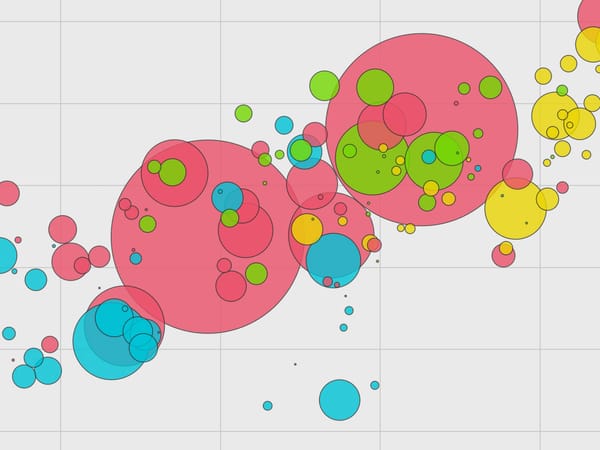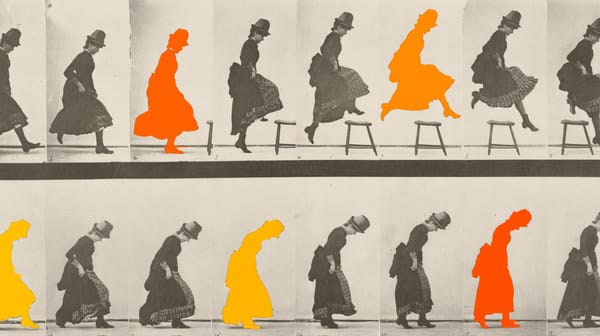Connecting the Dots
Frontier’s founder on Facebook’s “culture book” and design as an act of optimism

I met Ben Barry at the 2011 Brand New Conference in San Francisco. I’d been following his work for a while and was excited to meet him. I knew he had just joined Facebook and was intrigued by the name of the division he was working with: the Analog Research Laboratory. What did it mean to have a lab devoted to the analog inside one of the biggest companies on the planet devoted to the digital? In his conference talk, Ben showed beautiful posters and presses and other paraphernalia that felt so different from the then sterile and rigid social platform. I couldn’t quite connect the dots. Why did the lab exist? What was it for? I knew that startups in the valley back then had money; I thought maybe this was just a way for the company to show that it could be cool, maybe even human.
This recent Twitter thread, from Replit CEO Amjad Masad, went somewhat viral, and in so doing brought Facebook’s “little red book” to my attention for the first time. Seeing it makes sense out of my confusion a decade ago—and, as I read through its pages, brings me both joy and sadness. Joy because it reminds me what design can do when applied by the right hands. It reminds me of Marshall McLuhan’s “The Medium Is the Massage.” It has images and words put together beautifully and in a seemingly ad-hoc way; it feels like a path for meandering through the culture of a company grappling with the biggest questions of the era.
“Everything we build should facilitate human connection.” In 2011, that must have felt so hopeful. I remember feeling that way about Facebook for a while, too. That was the year of the Arab Spring. Social platforms felt like a democratization of the printing press. It felt like you could hack your way through problems, slice through bureaucracy. This is what design could do! It could give shape and voice to the humanity of, in this case, technology. It could give voice to the humanity in art, science, business, culture: it felt like any time we struggled to express the soul of a thing, design could step in and lift words to new levels of resonance through the simple juxtaposition of image, color, and text.
But then you get to this: “But what happens when everyone can put their message in front of a lot of people? When the playing field is level? When everyone has a printing press, the ones with the best ideas are the ones people listen to. Influence can no longer be owned. It must be earned.” And this: “We don’t build services to make money; we make money to build services.”

Ten years later, we see those statements for what they are: naively hopeful words describing a lost world. That’s the trouble with design. When you’re making new things, you can’t predict the future. When you’re making new things, you have no idea how they’ll turn out. Design is an act of optimism. It’s a proactive establishment of hope for what could be.
Facebook went public in May 2012, a decision that forced the company to answer to different imperatives; it’s easily argued now that the company became focused on building services to make money. David Graeber and David Wengrow’s book Dawn of Everything was published ten years after Ben Barry’s Facebook “Startup Culture Book.” In it, they outline how humanity is not bound to the current model of capitalism we know today. They suggest that we have always played with different models and ideas of social organization. Play is a critical feature of experimenting with how we relate and connect with each other. It can lead to more equity and individual freedom, helping us slip the bonds of social and economic norms.
On one page of the Facebook … book, we read: “Hacking can be playful, as long as it works.” This is true. Until it’s not. Ben Barry’s book shows what’s possible when people unbound by the immense weight of public markets work together to build new things. Design gave it a voice.




